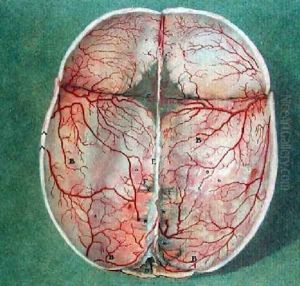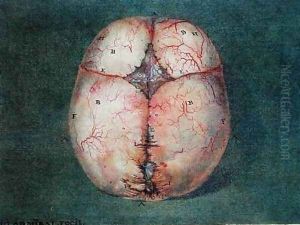Jan or Joannes Ladmiral Paintings
Jan or Joannes Ladmiral, a less widely recognized figure in the annals of art history, was a Dutch-French illustrator and painter whose life details are somewhat obscure, with his exact birth year remaining unknown. His contributions, however, are notable in the realm of botanical illustration and decoration, particularly in the 18th century, a period rich in explorations of natural history and scientific illustration. Ladmiral is often celebrated for his work in the vibrant and meticulous depiction of flora, contributing to the documentation and artistic rendering of botanical subjects during this era.
Ladmiral's work is characterized by its detailed accuracy and the use of vivid colors. He was known for employing a technique that involved precise attention to the details of plant life, which made his illustrations valuable not only as works of art but also as scientific representations. This dual value underscored the importance of such illustrations in the 18th century when botanical studies were integral to scientific discoveries and the broader Enlightenment pursuit of knowledge.
Despite the limited records on Ladmiral’s personal life and training, it is evident that his contributions had an impact on the fields of botanical art and scientific illustration. His work reflects the broader trends of the time, where art and science were often intertwined, and the detailed study of the natural world was both a scholarly and aesthetic pursuit. The death of Joannes Ladmiral in 1773 marked the end of an era for his specific style of botanical illustration, yet his legacy lives on through his contributions to the rich tapestry of 18th-century art and science.
Ladmiral's illustrations remain significant for their role in the development of botanical art, serving as a bridge between artistic expression and scientific inquiry. While specifics about his life and broader body of work may be scant, the surviving pieces attributed to him continue to be appreciated for their beauty and precision, offering insights into the natural world as seen through the eyes of an 18th-century artist deeply engaged with the scientific explorations of his time.

